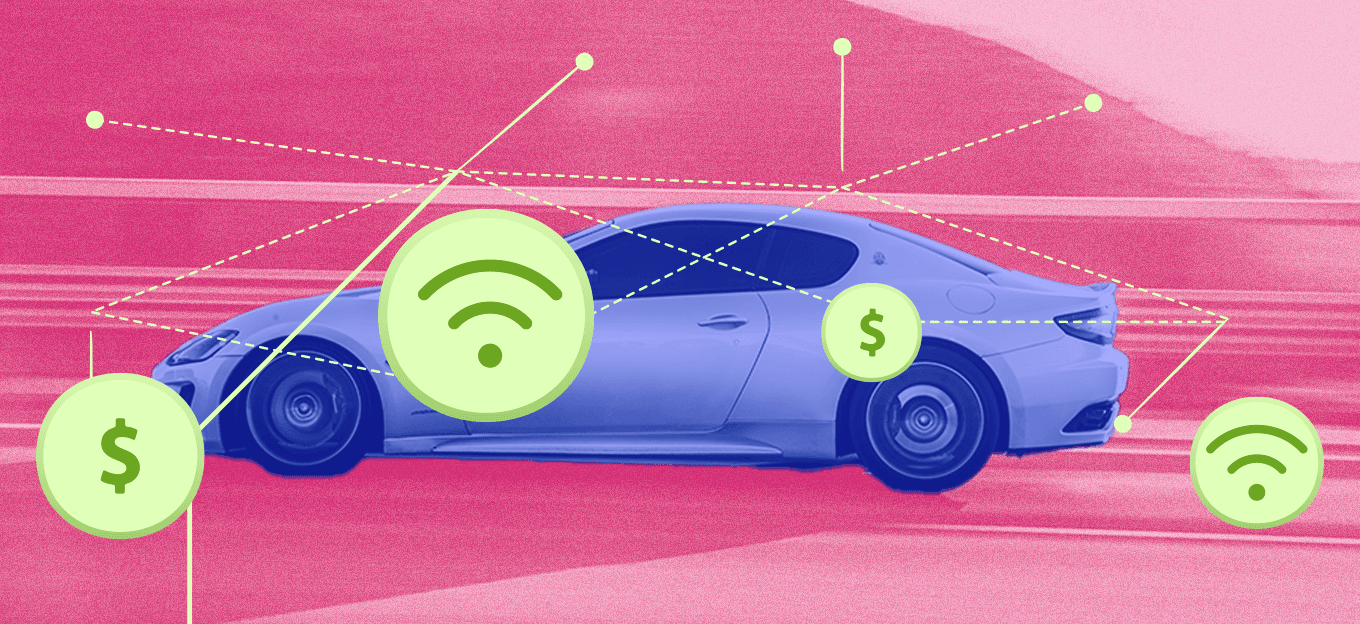How Oil Change Shops Can Speed Up Check-Ins and Keep Service Bays Busy
How Oil Change Shops Can Speed Up Check-Ins and Keep Service Bays Busy
- Last Updated: July 23, 2025
Julia Conn
- Last Updated: July 23, 2025



For quick-lube and oil change shops, delivering a fast, seamless experience is essential to winning—and keeping—customers. Slow, confusing check-ins don’t just waste time; they undermine the very promise of quick service that defines the industry.
In a competitive market where customer reviews and loyalty matter more than ever, an efficient check-in process isn’t just about operational speed. It’s about protecting revenue, strengthening reputation, and ensuring customers come back again and again.
Below are proven strategies and technology upgrades that help oil change centers transform check-in from a pain point into a competitive advantage.
Why Check-In Efficiency Is Critical
Oil change businesses succeed on the promise of speed and convenience. When check-in is slow or disorganized, it creates bottlenecks that ripple through the entire operation:
- Longer wait times frustrate customers and reduce daily service capacity
- Walk-in customers may leave rather than wait
- Poor experiences lead to negative online reviews and damaged reputation
Because many oil change centers operate on a first-come, first-served basis, optimizing the check-in process directly impacts profitability and customer retention. A faster, smoother experience not only moves cars through the bays more quickly but also shows customers their time is respected.
Strategies for Streamlined Check-In
To meet modern customer expectations, forward-thinking oil change centers are reimagining their check-in process. Here are some of the most effective approaches:
1. Dedicated Greeters and Lane Management
First impressions set the tone for the entire visit. Some shops are designating staff specifically to greet customers the moment they arrive. This employee’s job is to:
- Welcome drivers immediately
- Direct them to the appropriate service bay
- Clarify their service needs on the spot
This personal touch eliminates confusion about where to go or what to do next. It speeds up the intake process while making the experience feel more professional and welcoming—often leading to higher customer satisfaction scores.
2. Smarter Point-of-Sale Systems with Vehicle History
Modern POS systems can significantly cut down on repetitive questions and manual lookups. Advanced features might include:
- License plate recognition to identify the vehicle instantly
- Automatic retrieval of past service history
- Pre-filled service recommendations based on previous visits
By reducing the need for manual data entry, staff can focus on the customer, making conversations more relevant and efficient. The result is a faster, more personalized check-in experience that enhances trust and loyalty.
3. Online Queue Management and Remote Check-In
Today’s customers value flexibility and transparency. Many shops are adopting online check-in tools that allow customers to:
- View real-time wait times
- Join the queue remotely before arriving
- Schedule visits around their day
This approach smooths out peak-hour traffic, helps staff anticipate demand, and reduces in-store congestion. Customers appreciate the ability to plan their visit, making them more likely to choose the shop again in the future.
The Payoff: Happier Customers and Higher Throughput
Improving check-in speed isn’t just about moving cars through faster—it’s about delivering the kind of experience that keeps customers coming back. Benefits include:
- Shorter overall service times
- Higher daily service volume
- Increased customer satisfaction and repeat business
- Better online reviews and word-of-mouth referrals
In an industry where every minute counts, small process improvements can have a big impact on both revenue and reputation.
Embracing Continuous Improvement
Check-in isn’t a static process. Leading oil change centers continually review and refine their approach, investing in both staff training and technology. By prioritizing this critical first step in the customer journey, shops can ensure they deliver the speed, convenience, and quality service today’s drivers demand.
The Most Comprehensive IoT Newsletter for Enterprises
Showcasing the highest-quality content, resources, news, and insights from the world of the Internet of Things. Subscribe to remain informed and up-to-date.
New Podcast Episode

Moving Past the Pilot Phase in IoT and AI
Related Articles





